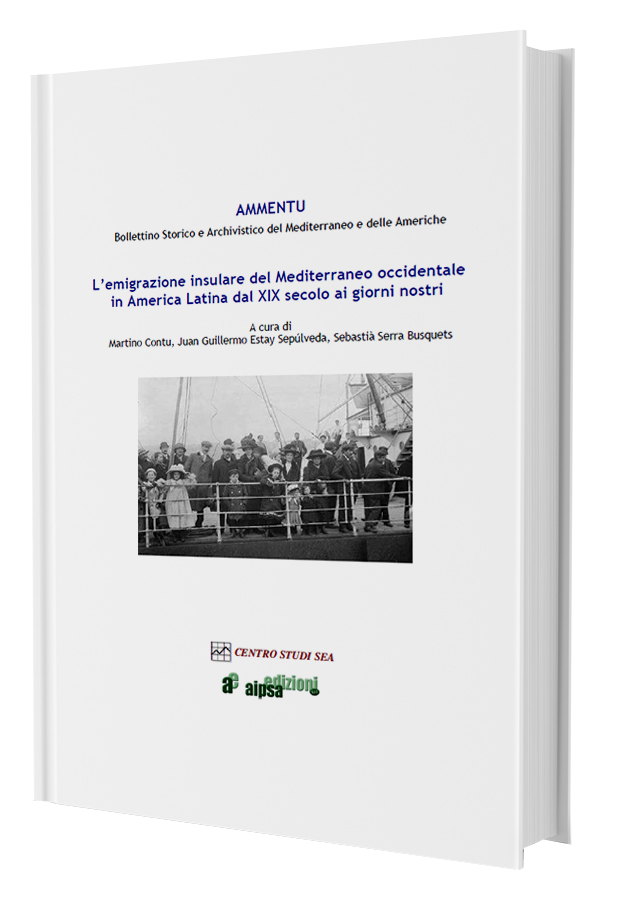Migration of fishermen, seamen and merchants from the Island of Capraia to Latin America in the XIX century
DOI :
https://doi.org/10.19248/ammentu.266Mots-clés :
Migration, Capraia, Corsica, Puerto Rico, Latin AmericaRésumé
Since the middle of the 16th century the Island of Capraia, located between the Island of Corsica and the coast of Tuscany, has been part of the Republic of Genoa. In the 17th century the inhabitants became fisherman, selling their catch as salted fish in Genoa, Corsica and Leghorn. In the first half of the 18th century with their small boats, called gondola, they developed an intensive mercantile traffic among Corsica, Genoa and Leghorn. Fishing and mercantile traffic brought to the island a sustainable economy with a growth of the population.Starting from the French revolution the inhabitants of Capraia were forced to leave their island due to the slowdown of the sea traffic and commerce with Genoa, Corsica, and the Tuscany coast.
In the first migration wave, between 1805 and 1820, the islanders moved first to Corsica and from there to France and Central America. A small group settled in the Island of Puerto Rico where from seamen they became small landowners. A second wave of migration, starting from the middle of the 19th century, was directed to South America, mainly Argentina, where they could make their living as seamen and merchants.
Téléchargements
Publiée
2017-12-30
Numéro
Rubrique
I PARTE - L’emigrazione insulare mediterranea: il quadro generale
Licence
Commentaire sur le droit d’auteur
L’avis de droit d’auteur figurant ci-dessous fera partie des informations sur le magazine et sur les métadonnées de chaque article publié. Toutefois, chaque magazine est libre de décider sur le fond et la forme de l’accord de droit d’auteur qu’il passe avec les auteurs. Le Public Knowledge Project recommande d’utiliser une autorisation de Creative Commons, aux fins de quoi, il fournit un exemple que vous pouvez copier et coller dans l’espace d’en bas pour les magazines qui (a) offrent un libre accès, (b) un libre accès différé ou (c) qui n’offrent pas de libre accès.









